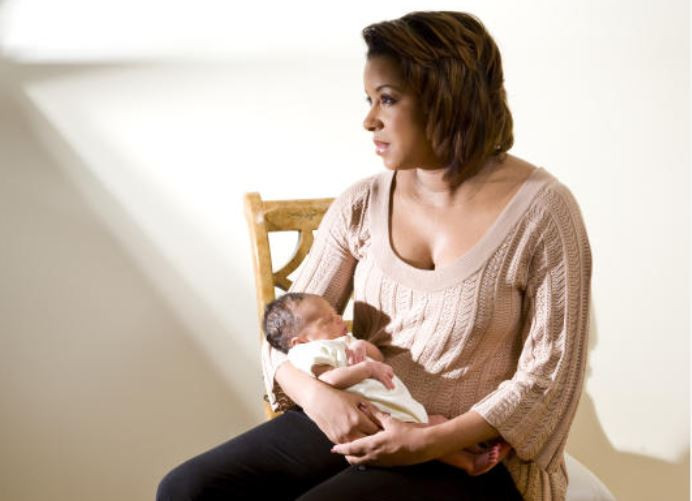
According to Dr Abdullahi Ibrahim, haemorrhoids are one of the leading gastrointestinal diagnoses in our outpatient hospitals.
“Also known as piles, these are swollen veins in the anus. They are common and affect about 4.4 per cent of people globally, with a higher rate of around 10 per cent in Kenya,” explains the general and laparoscopic surgeon.
“These veins, called the haemorrhoidal cushions, are present in every person and they help to maintain anal continence, meaning they help us differentiate between flatus and stool so that you know whether to release gas or not. It is only when they become enlarged and start to cause symptoms that they become haemorrhoids,” Dr Ibrahim explains.
He further says that haemorrhoids can either be internal or external graded from Grades 1 to 4. Grade 1 is completely internal and does not dangle outside the anus. Grade 2 will dangle outside the anus while passing stool, but then it will disappear inside thereafter. Grade 3 will dangle outside the anus while passing stool and the patient has to push it back inside and Grade 4 will always dangle outside and it does not disappear.
Constipation is a major cause, along with factors like straining during bowel movements, prolonged sitting, pregnancy, and obesity. Symptoms include itching, painless bleeding, and swelling around the anus.
Treatment options include warm sitz baths to improve blood flow and relax muscles, topical creams and suppositories, and office procedures like rubber band ligation and sclerotherapy to shrink or remove haemorrhoids.
Rubber band ligation is where rubber rings are placed around the base of a haemorrhoid and the blood supply is restricted. The haemorrhoid shrinks and degenerates over several days whereas in sclerotherapy, a chemical solution is injected into hemorrhoidal tissue, causing the tissue to break down and form a scar.
Surgery may be needed if other treatments fail. Options for surgical treatments where excess haemorrhoidal tissue is removed are conventional hemorrhoidectomy, stapled haemorrhoidopexy and laser haemorrhoidoplasty, which has recently gained popularity due to less pain after the procedure and also a short hospital stay.
- Journey to Surviving Cervical Cancer
- Nakhumicha calls for review of doctors CBA as strike bites
- Clinical officers begin strike as crisis in health sector worsens
- Clinical officers are first point of call for patients
Keep Reading
Prevention, according to the expert, involves avoiding constipation by eating fibre-rich foods, drinking plenty of water, and staying active. It’s also important not to strain during bowel movements and to limit time spent on the toilet. Regular physical activity, even simple exercises like walking, can help prevent haemorrhoids.
“One of the most important steps in preventing haemorrhoids is avoiding constipation through diet modification; fibre supplements and laxatives are used for this purpose. Getting regular physical activity, even gentle forms of exercise like walking, is good enough,” Dr Ibrahim advises.
 The Standard Group Plc is a multi-media organization with investments in media platforms spanning newspaper print
operations, television, radio broadcasting, digital and online services. The Standard Group is recognized as a
leading multi-media house in Kenya with a key influence in matters of national and international interest.
The Standard Group Plc is a multi-media organization with investments in media platforms spanning newspaper print
operations, television, radio broadcasting, digital and online services. The Standard Group is recognized as a
leading multi-media house in Kenya with a key influence in matters of national and international interest.











